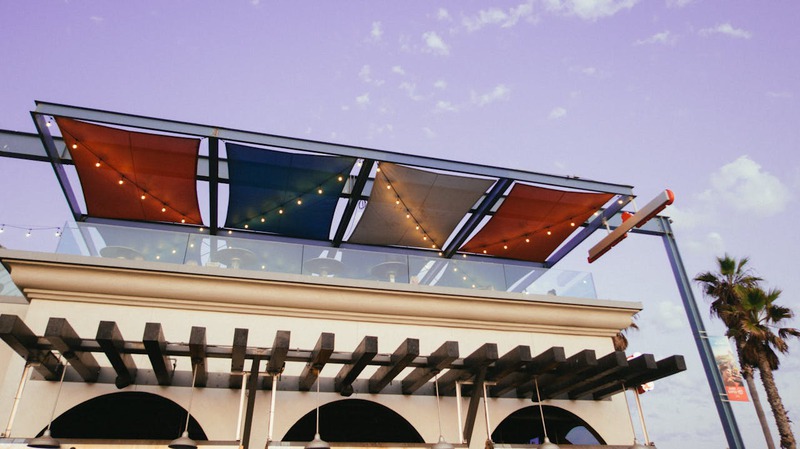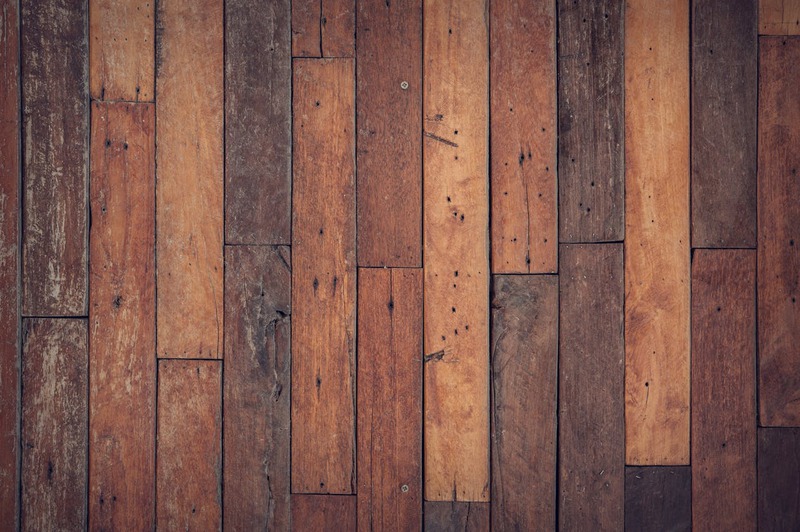Awnings are a great way to enhance the look and function of your home or business. They provide protection from harsh weather, reduce energy costs, and improve curb appeal. High-quality awnings are crafted from various durable and long-lasting materials. By using the right materials, awnings can ensure longevity and visual appeal.
Key Materials in Awnings
1. Acrylic Fabric
Acrylic fabric is a popular choice for high-quality awnings due to its durability and resistance to weather elements like rain, wind, and sun. It is breathable, which helps prevent the buildup of heat underneath the awning, and it resists fading caused by UV exposure.
Acrylic fabrics are ideal for both commercial and residential use and offer a wide range of colors and designs. Their resistance to mildew and fading ensures they maintain their appearance over time, making them a long-lasting option.
2. Vinyl-Coated Polyester
Vinyl-coated polyester is a strong, waterproof material often used for commercial awnings, including those found on Long Island. It offers excellent protection against harsh weather conditions such as heavy rain, snow, and high winds. Vinyl is also UV-resistant, providing additional protection for outdoor areas.
For businesses seeking durable and reliable commercial awnings long island, vinyl-coated polyester is an ideal choice. This material is not only durable, easy to clean, and resistant to mold and mildew, but its waterproof nature makes it an excellent choice for areas that experience frequent precipitation. Additionally, its strength allows for larger awnings without compromising stability.
3. Canvas
Canvas is one of the traditional materials used in awnings. While not as durable as synthetic options like acrylic or vinyl, modern canvas is often treated with weatherproof coatings to enhance its longevity and resistance to water and mildew. It offers a classic look that complements a variety of architectural styles.
Canvas provides a timeless aesthetic and can be customized with a wide range of colors and patterns. When properly treated, it can offer a good balance of aesthetics and durability, making it a popular choice for homeowners who prefer a traditional look.
4. Metal
Metal awnings, typically made from aluminum or steel, are a durable and long-lasting option. They are primarily used for commercial buildings but can also be found in residential settings. Metal awnings provide strong protection against the elements and require minimal maintenance.
Metal awnings are highly durable, resistant to rust (especially aluminum), and can withstand extreme weather conditions. Their sleek, modern appearance makes them an excellent choice for businesses that want a contemporary look, and they provide excellent shade and protection from UV rays.
5. Polycarbonate Panels
Polycarbonate is a lightweight yet durable material commonly used in high-quality awnings. These panels are transparent or translucent, allowing light to pass through while still protecting from rain and harmful UV rays. Polycarbonate is often used in modern architectural designs.
Polycarbonate panels offer UV protection while allowing natural light to filter through, making them ideal for areas where light is needed. They are also impact-resistant and long-lasting, making them suitable for both residential and commercial applications.
Components and Treatments
Beyond the basic material, various components and treatments add to the quality of awnings:
-
Protective Coatings: Manufacturers apply protective coatings to fabrics to enhance water resistance and provide UV protection.
-
Mildew Inhibitors: These are vital for preventing mildew growth, especially in humid climates.
-
Powder Coating: Applied to metal frames, this electrostatic process gives a tougher finish than conventional paint.
Considerations for Material Selection
Choosing materials for your awnings depends on several factors, such as climate, purpose, design, and budget. In heavy wind areas, sturdy metal frames are vital, while in sunny locales, you need UV-resistant fabrics to prevent fading.
For homeowners contemplating outdoor living spaces, options like residential enclosures for patio emphasize the importance of choosing materials that blend seamlessly with the home’s exterior and personal style.
Awning Material Innovations
Technology has brought forward materials like high-tensile polyester yarn and fiberglass blends, pushing the envelope in durability and design. These innovations ensure modern awnings are not just about functionality; they become a design statement.
When searching for awning company Long Island, homeowners and business owners alike are looking for providers who understand the significance of quality materials and craftsmanship.
Final Thoughts
The materials chosen for high-quality awnings are pivotal in ensuring they serve you well through the years. From robust fabrics to solid frames and additional treatments, each element plays its role in providing shade, shelter, and style. Keep these materials in mind whether you’re updating existing awnings or purchasing new ones; the right choice will yield a practical and aesthetic investment for your property.





